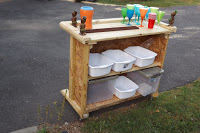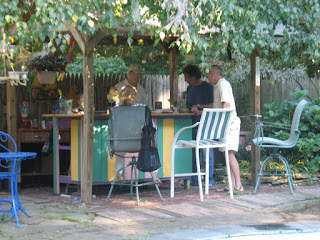Having owned a cabinet shop for ten years, I enjoy both building furniture and gifts, making useful items for friends and around the house.
In addition to great resources on the internet, acquire a “reading library” of woodworking books. My favorite read is the John L. Feirer “Cabinetmaking and Millwork” (Here is the Link at Amazon: Cabinetmaking and Millwork: John L Feirer: 9780684132778: Amazon.com: Books ).
While the Feirer book may seem dated to some, the basic principles are the same, and you will get a piece of usable information every time you skim through it.
Beyond educating yourself, you will need a basic toolbox, patience, a good tape measure, pencils, and a working plan of what you want to build. You can buy this in a kit.
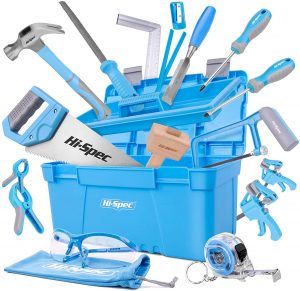
Most items can be built out of basic 3/4″ pine and plywood for cases, 1/2″ plywood for drawers, and 1/4″ plywood (or paneling if you are on a budget) for backs of cabinets and boxes. I like Pine as it is affordable, readily available, easy to cut and sand, and takes a painted finish well. Stick to these materials to start, while you learn the basics. Hardwoods and exotic species are expensive, and good for high-end projects.
In addition to basic hand tools, I suggest getting a cordless screw-gun/drill, skilsaw, palm sander, power miter saw (10″), sawhorses, and a small table saw. (This list is just basic, buy things as you need them – and don’t forget glue, clamps, screws, etc. etc.).
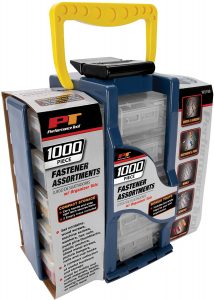
While there are many joining systems for wood, basic furniture can be glued, nailed, and screwed together. I have biscuit fasteners, Krieg drills
, air powered nail-guns
, and more in my work shop. this depends on whether you will be “blind fastening” (no exposed fasteners) or using exposed fasteners (nails, screws) and filling or covering the holes.
Woodworking is a challenge, as you are the mechanic, building functional pieces using your methods and tools. Don’t worry if you have some pieces that are “less than perfect” – as your skills improve, you will be able to build some really good pieces.
The attached pictures are an oak desk for my 8 year old grandson, and a great Tiki Bar on wheels!

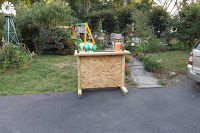
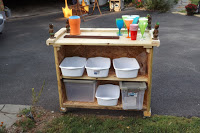
It’s always fun to build for fun.
This is a footlocker/toybox:
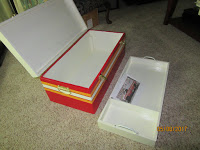
Be creative, be safe, and enjoy woodworking – where you get a real sense of accomplishment building, fixing, or even working on a new project!
Take your time, “Measure twice – cut once“, and enjoy building your own cabinets and furniture!




